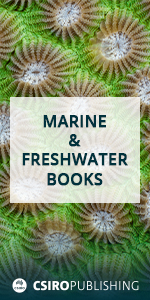
The world’s most specialised cave-dwelling trapdoor spider, Troglodiplura, is known only from the caves in Australia’s Nullarbor Plain. Although it was previously thought to be most closely related to South American spiders, we use sequence data to show that Troglodiplura belongs to the Australian endemic family Anamidae. In addition to the originally described species, T. lowryi, we found four new species. Each of the five species are restricted to individual caves, and are likely under threat from changing environmental conditions within the caves.









